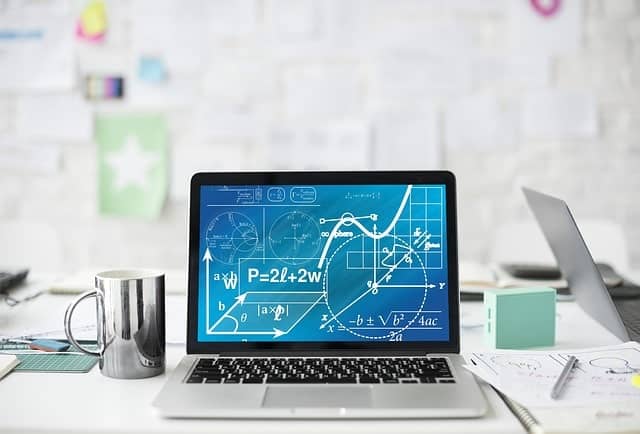If you are a teacher or tutor and sometimes find it difficult to help your students or tutees understand some mathematical concepts, there are some fascinating technological tools designed to alleviate your challenges.
GeoGebra AR

GeoGebra is a website that has apps that can be used as scientific and graphic calculators and can be used to do other computations, such as solving polynomial equations. Recently, GeoGebra has incorporated augmented reality in some of its apps. So students can have a live demonstration of some fascinating math topics right through their phones. Sometimes, students can find it difficult to graph functions of two variables because they can find it hard to visualize the graph of those functions. If you ask your students or tutees what the graph of z = xy looks like in 3D, they may take some time to answer. GeoGebra AR makes all this easy. You can have a REAL 3D graph that you can see at every angle you wish. Through your phone’s screen, that graph will appear as if it were standing in front of you, and you can interact with it like playing with a ball.
Engineering students sometimes might want to see how some math is present in their immediate environment. With GeoGebra AR, they can find 3D surfaces defined by multivariate functions that are close approximations of objects they are familiar with. See that surface that looks like an egg,

or this one that looks like a Pringles potato chip,

or this one that fits the top of a fire hydrant:

weDraw

weDraw is a project that uses technologies to teach elementary school math with body movements from the learner. With weDraw, learning geometry is more than drawing on paper. Students can move their bodies, and sensors will capture their body movements; a software will then show on a screen several angles based on the students’ body configuration. The weDraw software also gives students another way to understand fractions, as parts of a whole, by making them clapping their hands and move a certain way. Imagine how much fun students can have with these activities!
Little Sophia

Have you ever imagined using robots to help you teach your students? You might have dreamed about it or seen it from a sci-fi movie. But now it is no longer in the realm of imagination or fiction. Little Sophia is built with the intention of teaching kids math, among other things. Little Sophia is a robot programmed to behave like a human, using techniques from artificial intelligence. She can play and answer questions asked to her by a human. Not too far from now, many Little Sophia’s may be found in many schools teaching math to kids.
———————————————————————————————————————————————————————-
